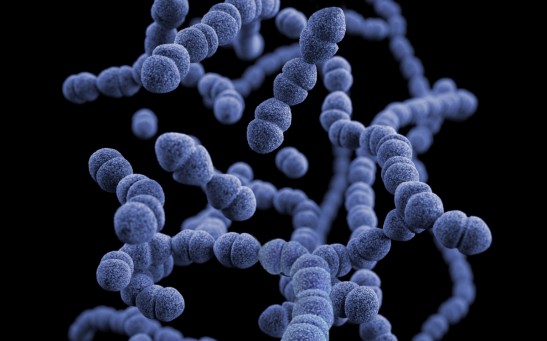bacteria

How Do Bacteria Move Inside Our Bodies? Study Reveals How Microbes Make a Beeline to Squeeze Through Tight Spaces
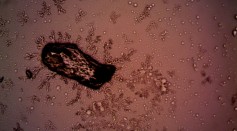
tRNA Molecule, MiaA Bacterial Enzyme May Soon Help Patients Get Rid of Persistent Bad Infections, New Study Reveals
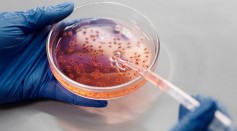
Bacteria in Biofilms Present in Sewer Pipes, Kitchen Counters, Human Teeth Smarter Than Previously Thought
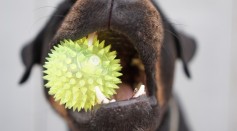
New Harmless Bacteria Strain Could Fight Dog's Bad Breath, Could Last for Up to Two Hours!

New Research Reveals The World of Tiny Life Forms in Da Vinci's Drawings
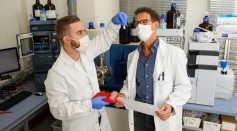
S. Aureus Toxin A-Hemolysin Promotes Healing
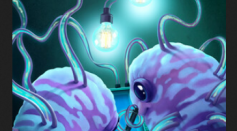
New Study Finds Electricity-Producing Bacteria Contain Unique Nanowire Structures
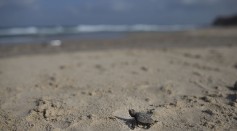
Magnetotactic Bacteria May Explain Unique Behaviors in Some Animals
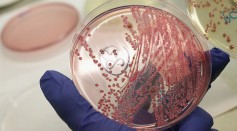
Researchers Control Bacteria by Switching Lights On and Off

Massapanspermia Theory: The Transfer of Bacteria Between Planets
Rare Bacteria Known to Survive Solely on Air in Antarctica, Now Found Elsewhere
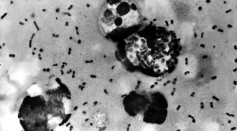
Some Bacteria Have Incomplete Ribosomes, a New Study Reports

Drug-Resistant Bacteria May Be Nesting In The Washing Machine

New Medical Device Determines Bacteria Presence Within Minutes
Most Popular

How Technology Is Changing the Real Estate Industry?

How a Plant-Based Diet Can Protect Against Breast Cancer: Insights from Nutrition Research

Study Reveals High Turnover in Scientific Research Careers: What This Means for Future Scientists

Why It's So Difficult to Lose Weight: The Biological Explanation Behind Obesity

